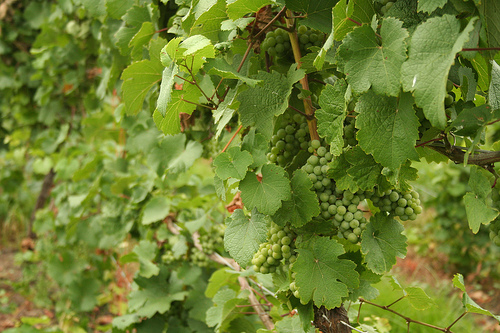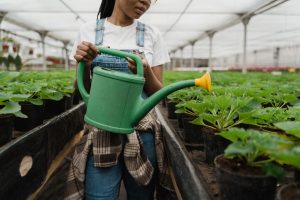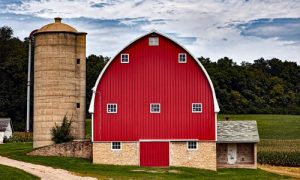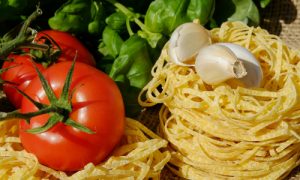#NationalWineDay may be over, but that doesn’t mean we have to stop thinking vino. Here are some tips to cover the wine business in your region.
Obtain Data on the Wine Industry
The Wine Institute has tracked and collected a variety of data and statistics on wine sales, shipments and wine grape acreage. The organization looks into world statistics such as per capita wine consumption and production by country.
The site also breaks down wine sales by classification: table wine, dessert wine and sparkling wine, and compares it to the total wine sales and retail value produced by year.
Also available on the site, Gomberg, Fredrikson & Associates produce the annual marketing report of the wine industry. The report contains interesting tidbits that could spark a trend story. For instance, wines containing over 14 percent alcohol are on the rise. Who’s producing them in your area? Also, interstate commerce can be an issue. What is your state doing to increase wine shipments?
The U.S. Census Bureau also tracks business data on wineries through its Industry Statistics Portal every five years. The bureau releases its next release in 2017. Using the NAICS Association SIC codes, which sort data by industry, explore general wine information using the code 312130. This code encompasses wine business data such as sparkling wine manufacturing and blending wines.
Monitor Regional News Leads
One way to develop insider ideas for stories about the wine business is to subscribe to a service such as NEWSLINE360.
The British Columbia Wine Institute paired with NEWSLINE360 to create content specifically for journalists interested in covering the wine, culinary and tourism industry in Canada. On the website, you can find press releases on the latest wine news and touring guides to help you research developing wine regions and how they could affect the wine business, or consumers, in your area.
Wine Business is another great, free resource helping reporters sort the information by news relevant to the area you’re covering. You can filter this content by area or wine region specific to your coverage area. Using California as an example, you can find information on various regions such as Napa / Sonoma, Central Coast, Lodi, Central Valley, other North Coast, or look at wine information statewide.
Check out how record prices for vineyard land will affect the real estate industry in your state, or look into how drought and climate change will impact this year’s harvest.
Understand cross-region collaboration
Some wineries don’t actually have vineyards on their property. It’s easier to outsource the growing and buy grapes from other areas.
Many wineries choose to outsource grapes due to the region’s more desirable growing climates. In Washington State, for example, most American Viticultural Areas, or AVAs, are found on the east side of the Cascades. If wineries can get their grapes from more attractive AVAs, it’s likely to grow profits.
Another reason for outsourcing is quality. If a winery in Washington wants to grow Pinot Noir for its customers, for example, they may choose to outsource from a region renowned for producing this varietal, such as the Willamette Valley in Oregon.
The U.S. Department of Treasury Alcohol and Tobacco Tax and Trade Bureau is in charge of regulating the wine business industry. They oversee everything from bonded winery permissions to custom crush arrangements.
Explore what wineries in your region get their grapes from outsourcing and get to know what AVAs are most attractive for wine businesses in your city.
Find New Tourism Angles
Every year the Wine Marketing and Tourism Conference is held to discuss trends in the tourism industry and how they can lead to profitability for local wineries. Attending such a conference can benefit businesses and reporters as they provide suggestions for how wineries might digitally market to their out-of-area customers and what the current market for wine tourism looks like in your area.
Hundreds of wine industry events exist in your area. Wine Business has even compiled a list for you. Attend some and network with industry professionals and business owners. You can also use the information to write stories on where wine enthusiasts may travel this year or where wine growers are moving their businesses.











